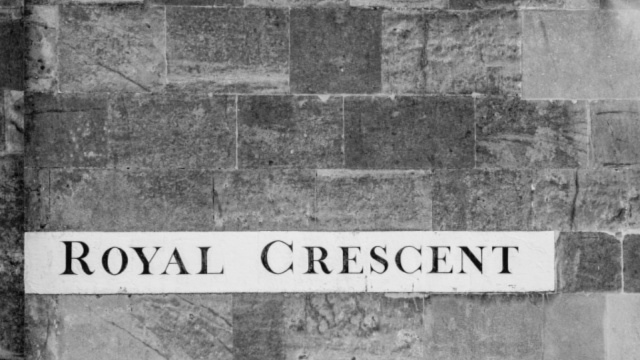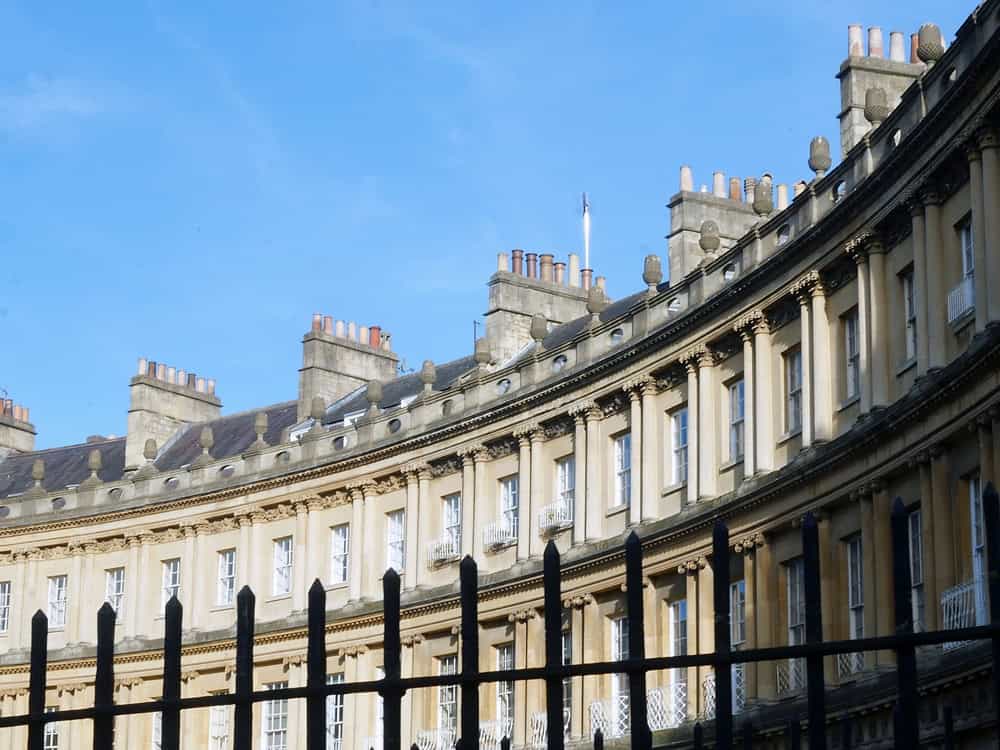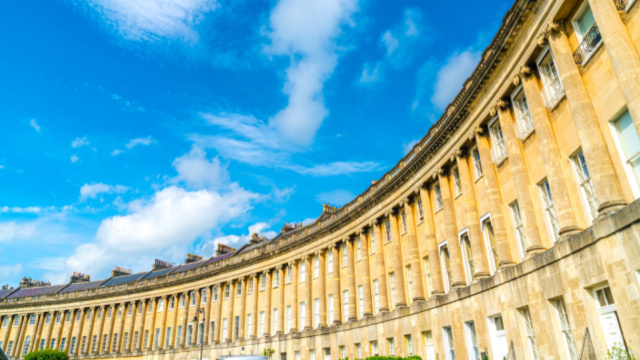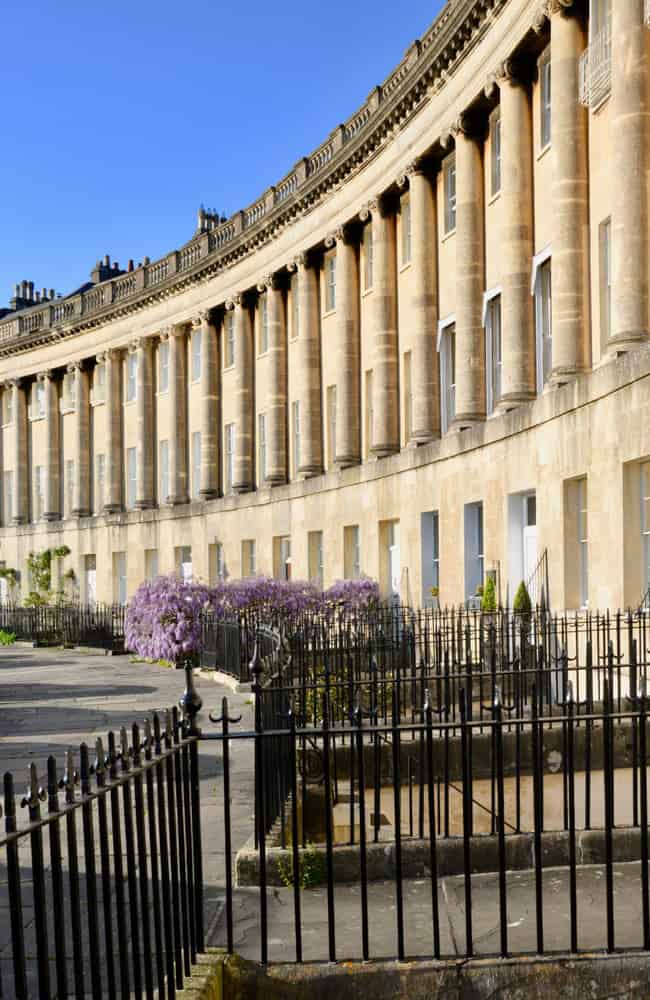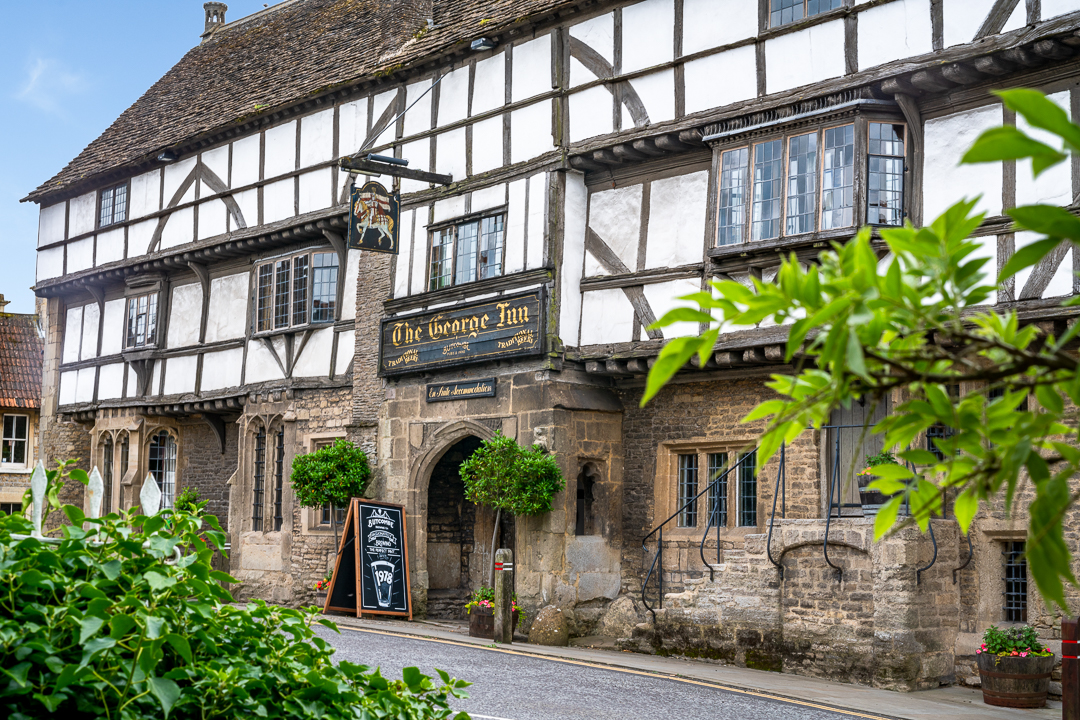History Of The Royal Crescent
Designed by English architect John Wood the Younger, the Royal Crescent is a row of 30 terraced houses built between 1767 and 1775 and is considered one of the best examples of Georgian architecture in Britain.
Whilst the façade may look neat and tidy with its 114 symmetrical Ionic columns, the rear is a muddle of differing depths and roof heights – a result of each house being built by a different architect, who, were obliged to follow John Wood the Younger’s specifications for the front, but were left to their own devices for the back of each property.
The building was originally known as The Crescent, only gaining its ‘royal’ accolade at the end of the eighteenth century after a visit from Prince Frederick, the Duke of York and Albany.






